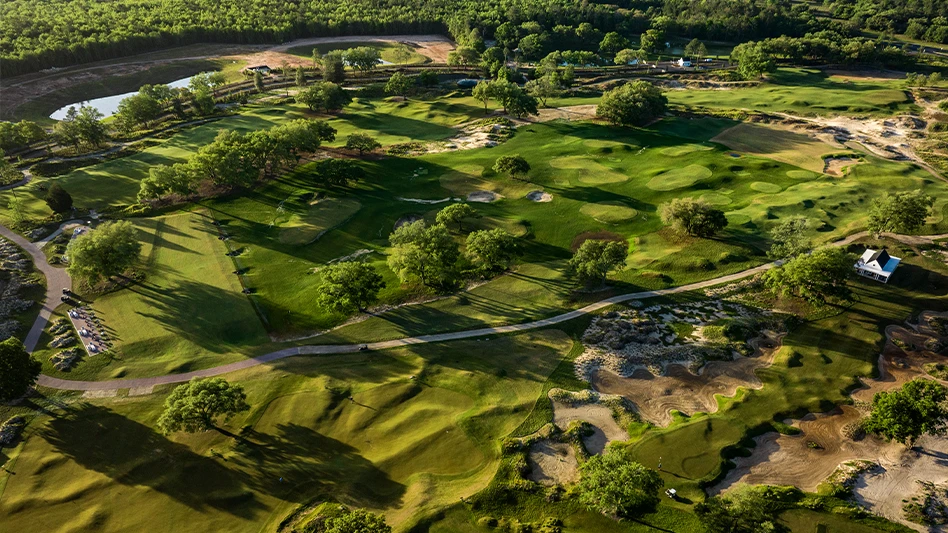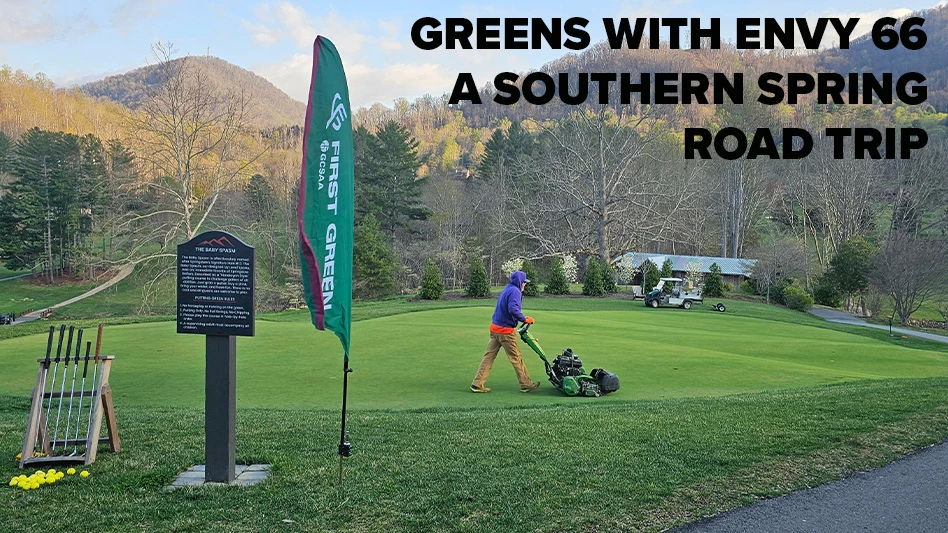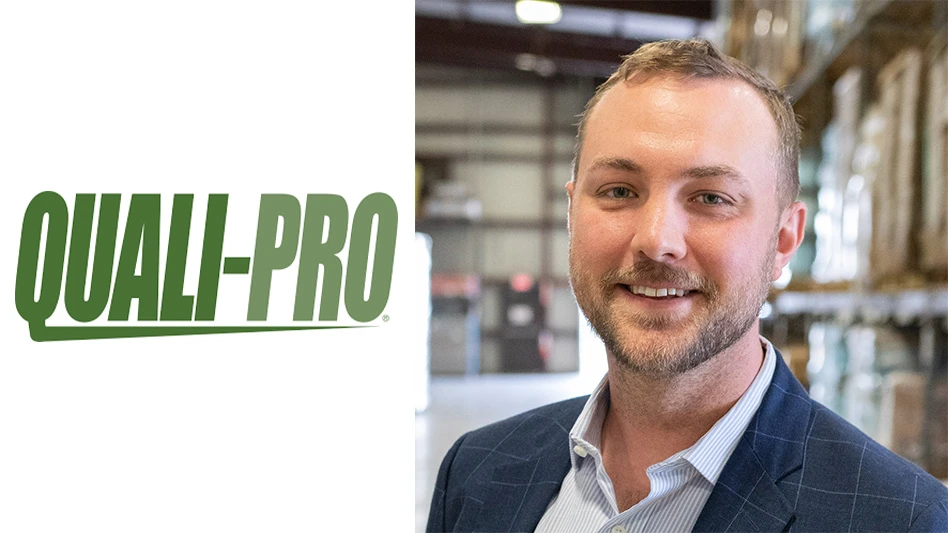
Adobe Stock
Many lessons have been learned since the 2008 crash, and here we go again as the repercussions from COVID-19 have canceled outings and other revenue streams. Superintendents have once again demonstrated leadership skills by preparing different maintenance operating budgets and playing conditioning standards scenarios for their employers to consider. Without a distinct plan in place, it’s all reminiscent of the Fram oil filter TV commercial: “You can pay me now or pay me later” mentality of cutting operating budgets now and playing catch-up later.
Communicating electronically via email blasts and on social media on a weekly basis of golf course conditions and golfer expectations is being done successfully. Adjusting the balance between “looking good and playing good” is also being discussed along with “deferred maintenance” and its short- and long-term goals, objectives and consequences.
There is a lot more golf course usage this summer. Member play is up, more families are playing together and a new generation of golfers is emerging. But lost revenue from fewer guest fees on the private-club level and canceled events at facilities of all levels are creating concerns. Maintenance staffing levels have been reduced, H2B future programs are on shaky ground, salaries are being cut back, maintenance equipment replacement or acquisition of new equipment is being reviewed, chemical and fertilizer inventories and acquisitions are being further analyzed, and course improvements strategies are still being considered.
Budget considerations
After the outbreak of COVID-19 expanded and the lost revenue consequences evolved, course officials sometimes stepped in and reduced the maintenance operating budget without consulting with or allowing superintendents to state their claims. Business-savvy superintendents, though, were ahead of the curve by being fully prepared for this year and beyond.
“Superintendents have to think differently than ever before,” says Armen Suny, a search and consulting executive at Kopplin Kuebler & Wallace. “Progressive superintendents got out in front of the pandemic and prepared and presented three different operating budget options to course officials — bare bones, keeping the budget about the same and somewhere in-between. Superintendents also explained the agronomic and course conditioning expectations to steer the course in the proper direction so golfers knew exactly what they would be getting.
“A fourth maintenance budget was also presented to ramp things back up tied into subsequent increased revenues when things settle down. Fortunately, superintendents have well-documented operating budget statements and other backup data from years past to help prepare realistic, presentable budgets.
“This year is not as bad as during the 2008 crash,” Suny adds. “Course officials must have a complete buy-in of the agreed-upon operating budgets and course conditioning expectations. Zero-based operating budgets, where the superintendent starts from scratch and builds upon the exact operating costs required based on the maintenance conditioning standards that have been prepared is popular. Once properly-budgeted courses are economically back to ‘the new normal,’ they will not be too far back to be on track.”
Maintenance equipment
Three-, four- and five-year equipment leases, where frequently operated maintenance equipment is totally replaced, are being looked at to possibly extend/renegotiate the term by one year before they are replaced. Golf cart dividers, where a transparent shower curtain or plexiglas partition is placed between golfers on a two-person cart, are being used to help reduce the much heavier amount of golf cart traffic on the turf from single ridership. This idea is also being used quite successfully on turf vehicles. Increased golf cart traffic control using ropes, stakes or barriers is helping scatter increased stress on the turf. Larger, wider rough mowers are being acquired/operated for faster production where the roughs are still being mowed.
Chemicals and fertilizers
Superintendents are spreading out chemical application intervals when possible to get “a bigger bang for the buck.” Negotiating and then paying for chemicals and fertilizers during a shorter period during the golf season when there is adequate cash flow, and not needing to pay for them during the offseason, is becoming more popular. Another option is to add the annual costs and then make 12 equal monthly installment payments helps cash flow in warm-season or Transition Zone climates.
Unlike maintenance equipment that must be acquired from local distributors, chemicals and fertilizers can be purchased from out-of-state suppliers. Having them shipped in can and does produce cost savings and equally good customer service when shopping around for the best deal. Because of the pandemic and short-term cash flow concerns, some superintendents have two to three months of products in inventory to be prepared for weather and other uncertainties. PGRs are being used and fertilizing is being reduced as needed to help reduce mowing intervals and decrease rough mowing.
Labor
Approximately 50 to 70 percent of the maintenance operating budget is typically allocated for labor, payroll taxes and benefits. Furloughs, layoffs and cutbacks, along with pay and salary cuts, have been implemented at some facilities. Staggered work schedules are providing proper social distancing for better production during golfer off-peak hours.
Making more efficient use of existing labor by temporarily using triplex greens mowers instead of hand mowing, solid-tine aerifying instead of core aerifying, raising mowing heights, raking bunkers less frequently and using mowing directions that produce the fastest results are common 2020 practices. Slightly higher mowing heights, less frequent mowing, slightly slower greens and bunkers without golfer rakes will temporarily be the norm.
New labor solutions and pipelines are being developed. Tyler Bloom, a workforce and leadership consultant at TBloom, LLC, is becoming popular in establishing self-sustaining employee recruiting by transforming their golf course brands to attract and keep good candidates by improving the workplace culture and other team-building strategies. Bloom did an outstanding job recruiting and training high school internship students for short- and long-term success while he was a superintendent.
There is a prison in Utah that will train maintenance employees for work release programs on golf courses. The prison will bus in the employees every morning and take them back at the end of each workday. These first-time offenders will be fortunate to have a work-release program to benefit their return to society and it will provide a supply of seasonal employees to golf courses. This unique idea can and should be considered in other states.
When there has been good weather, Suny mentioned some proactive superintendents are informing their employers of an operating budget surplus that can be submitted and used by other departments. Conversely, when there is a bad weather year and the superintendent will be over budget, employers will remember their management skills and goodwill gestures and approve the additional funding.
The U.S. Small Business Administration Paycheck Protection Program has also helped courses handle revenue shortfalls by keeping employees on the job.
Course improvements
Renovations and restorations have been popular since the recovery from the 2008 economic crash. Architects, superintendents and agronomists have been working together evaluating and enhancing course infrastructure life expectancies. This work can and should continue so courses are fully prepared to compete in the post-pandemic marketplace.
Terry Buchen CGCS, MG, is a leading industry consultant and Golf Course Industry’s technical editor at-large.
Latest from Golf Course Industry
- Graze, Invited partner for autonomous mowing launch at Gleneagles CC
- New grasses up north?
- From the publisher’s pen: Technology diffusion and turf
- Applications open for 2025 Syngenta Business Institute
- Smart Greens Episode 1: Welcome to the digital agronomy era
- PBI-Gordon promotes Jeff Marvin
- USGA investing $1 million into Western Pennsylvania public golf
- KemperSports taps new strategy EVP





